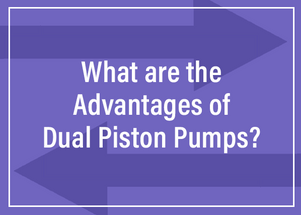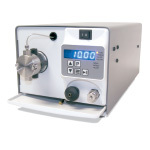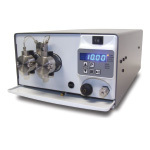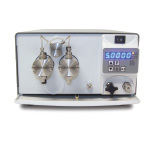12th Mar 2024
What are the Advantages of Dual Piston Pumps?
Chrom Tech HPLC pumps are used for many applications, many of which are not even chromatography-related. Pump specifications can dramatically impact the precision, reliability, and efficiency of your analytical process. So, how do you decide what pump to purchase? Let’s start by unraveling the benefits of dual piston pumps, and what sets them apart from their single piston counterparts.
Improved Flow Accuracy
Dual piston pumps are designed for high flow rate accuracy, which is critical for HPLC and many non-chromatography applications. These constant flow pumps deliver a constant and accurate flow rate, which is necessary for precision, consistency, and reliability. Many chemical processes and applications across various industries depend on this.

Reduced Pulsation and Noise
Pulsation can be a problem for a number of reasons. It can disrupt stability and affect analytical results. Our dual piston constant flow rate pumps feature reciprocating motion. Meaning while one piston is refilling, the other is still pushing solvent forward, meaning uninterrupted delivery of solvent, even when the pistons refill. The dual piston mechanism in combination with a low dead volume pulse dampener, our dual piston pumps are virtually pulse-free. This leads to uninterrupted delivery of a mobile phase at a constant pressure.
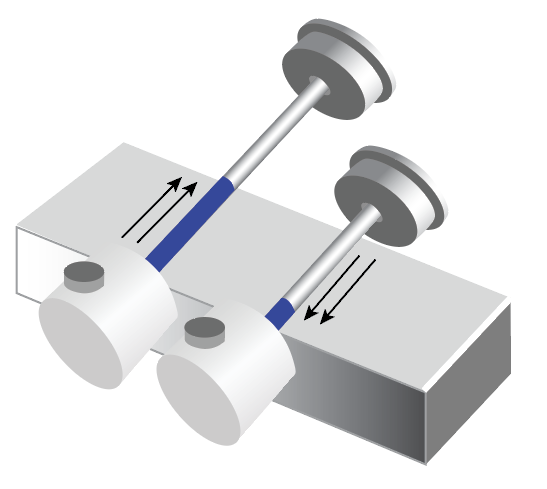
Dual piston pumps utilize reciprocating pistons, meaning one piston
continues to deliver solvent while the other piston is refilling.
This drastically reduces pulsation when compared to a single piston pump.
Higher Flow Rates
With max flow rates up to 300 mL/min, higher flow rates is another distinguishing factor of dual piston pumps. Across the broad range of flow rates, these dual piston pumps offer increased flow accuracy, making them versatile for a diverse range of applications.
Dual Piston
36 mL/6,000 PSI
100 mL/1,000 PSI
100 mL/4,000 PSI
300 mL/1,000 PSI
Advantages of Single Piston Pumps
While dual piston pumps take the spotlight, let’s examine the flip side. Single piston pumps offer reliable performance at a fraction of the price of dual piston pumps. While some applications are extremely sensitive to pulsation, others are not as sensitive, and therefore don’t require the extra price tag that comes with a dual piston pump. Another advantage of single piston pumps is the ongoing cost of maintenance. Because single piston pumps only have one piston, the typical maintenance ends up being about half the price of dual piston pumps. For a dual piston pump, the seals, check valves, and pistons themselves have to be replaced in pairs (one for each piston), whereas the single piston pumps only require one of each.
Are Dual Piston Pumps Better?
The choice between dual piston and single piston pumps can hold significant implications for the success of the application. While acknowledging the advantages of dual piston pumps, at the end of the day, a reliable and dependable pump are key to any successful system. Ultimately, the selection will likely depend on careful consideration of the application requirements and budget constraints. For more information, be sure to check out the 4 Questions You Should Ask Before Buying an HPLC pump.

